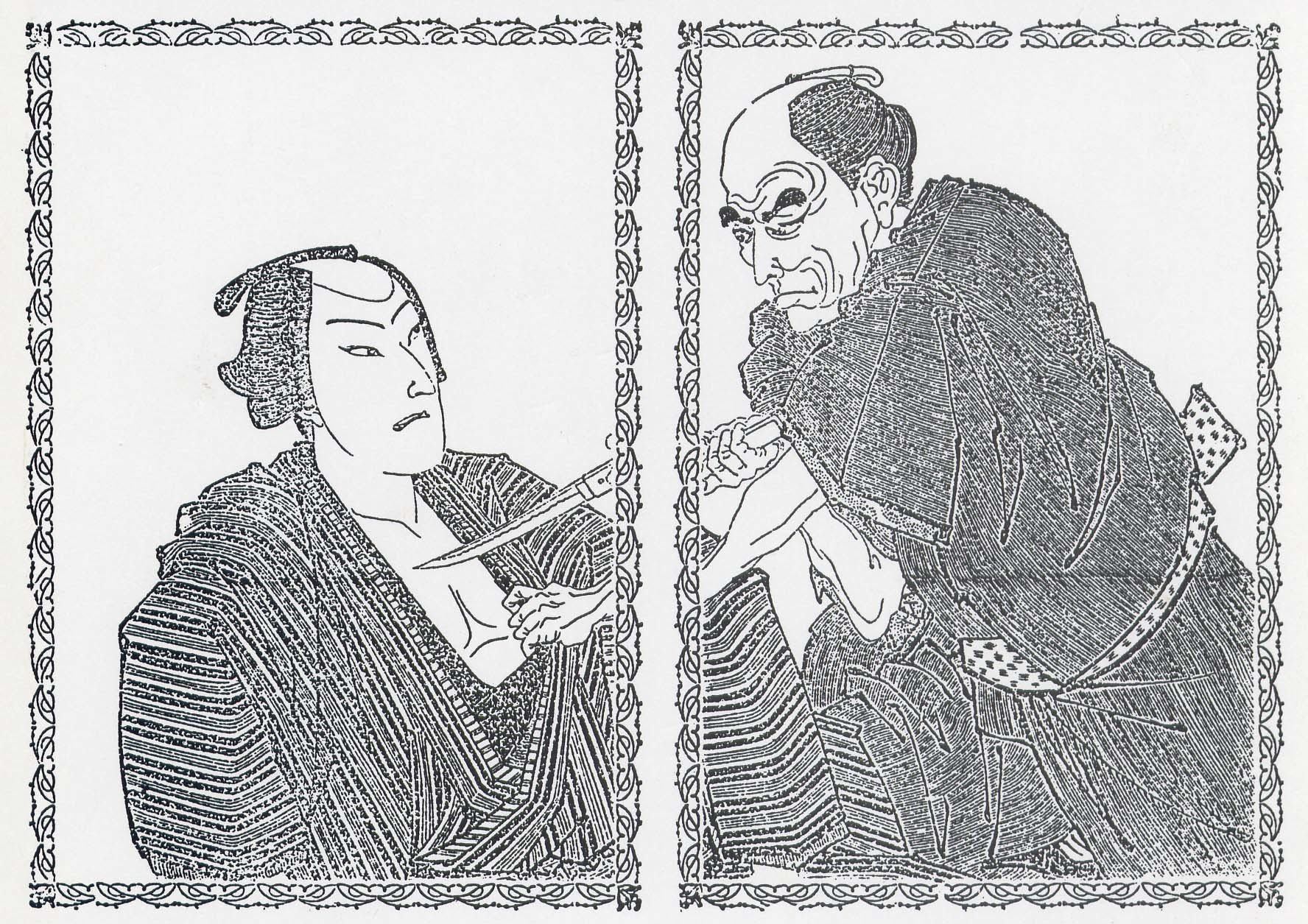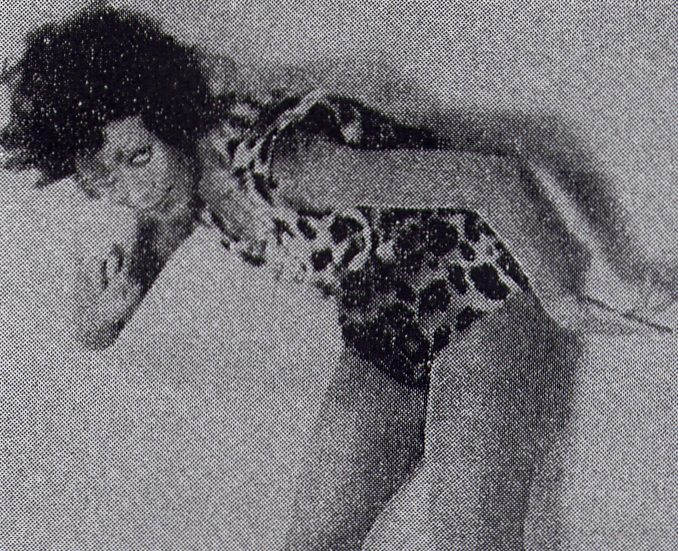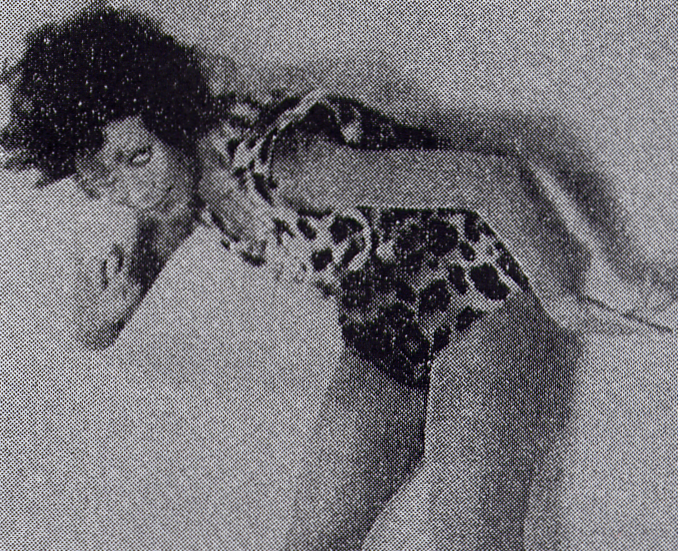SHOYO ON SHAKESPEARE
The following list offers an overview of the reception of Shakespeare’s plays in early 20th century Japan, giving brief summaries of Shoyo’s comments on each play and the dates when he first translated them and his translations were first staged. Although plays such as Hamlet
and The Merchant of Venice
had been well known in Japan since the 1880s and Tozawa Koya and Asano Hyokyo translated ten of the plays in the 1900s, Shoyo was involved with the reception of Shakespeare almost since the beginning, and well over half of the plays were translated for the first time by Shoyo. In the 1910s it was Shoyo who pioneered the stage production of complete translations rather than adaptations or selected scenes.
The comments below are quoted from Shoyo Kyokai, ed., Tsubouchi Shoyo jiten
(Shoyo Encyclopedia), Heibonsha, 1986. These reflect the translator’s numerous interests, and given his importance as a pioneer of Shakespeare translation and studies are fairly representative of Shakespeare’s early and continued reception in Japan. Shoyo is interested in similarities with his native drama, in the stylistic challenges posed to the Japanese translator, and above all in the plays’ realism, which is his conviction that through Shakespeare’s genius at ‘concealing’ his own ideals Shakespeare enables readers to experience their own ‘lived reality’ more profoundly than, for example, the more blatantly ideological readers of Japanese tradition.
All’s Well That Ends Well
1927 (never staged)
a difficult play to carry off but the comparative simplicity of its plot reminded Shoyo of kabuki
Antony and Cleopatra
1915 (1914)
‘Shakespeare is in his element with these demi-gods, writing six parts romanticism to four parts naturalism’
If Cleopatra is obviously a human Venus, then Antony on the River Cydnus is like Tannhäuser when he first enters the forest of pleasure [i.e. Venusberg].
As You Like It
1920 (never staged)
Shoyo thought Touchstone ‘a sweet fool’ and Jaques ‘a bitter one’, but could find no parallel to the play’s noble yet comic spirit in Japanese literature
The Comedy of Errors
1926 (1951)
‘the first flowerings of Shakespeare’s genius’
Coriolanus
1922 (1926)
Shoyo praised the play’s dualities and straightforward plot
Cymbeline
1923 (never staged)
Shoyo liked this play but thought it more tragic than comic, and the frequent scene changes reminded him of kabuki
Hamlet
1896/1907/1909 (1911)
with its mix of classical and modern elements and correspondence with kabuki revenge tragedies such as Kanadehon Chushingura
(1748), this play was the prototype of Shoyo’s later Shakespeare translations
Julius Caesar
1884/1913 (1913)
with its easy language, straightforward narrative of cause and effect and political elements, Shoyo thought this play could be introduced at high school level, and also compared Brutus et al. to Meiji statesmen such as General Nogi
King Henry IV
1919 (1931, both parts)
‘the natural vitality of Falstaff exceeded only by Hamlet and Cleopatra’
The play’s stark juxtapositions of ribaldry with the valour of the battlefield indicate that the pleasures of London society in Shakespeare’s time were similar to those of Edo society in the Tokugawa period.
King Henry V
1927 (never staged)
interested in the play’s ‘lyrical patriotism’
King Henry VI
1928, all three parts (never staged)
some similarities in style and treatment of history with Japanese historical drama
King Henry VIII
1928 (never staged)
‘the least successful of Shakespeare’s history plays ... incoherent’
King John
1927 (never staged)
Shoyo unshocked by the suicide of the boy Arthur
King Lear
1912 (1919)
‘a play of pressing interest to contemporary Japanese if only they could find a way of staging it’
Love’s Labour's Lost
1926 (never staged)
the language games made this the hardest of all plays to translate
Macbeth
1893/1916 (1924)
emphasizes the rapid development of the drama and dual characterization of Macbeth and Lady Macbeth
In contrast with the comedies which even if they are not uniformly carefree and relaxed do feel as if they were written in a spirit of some relaxation, the tragedies, in particular the four great tragedies, seem a lot more profound and meticulous in their composition, almost like the apocryphal sculptor of Buddha statues who bows three times to the statue each time he applies his chisel, and for this reason demand three or four times the effort to translate.
Measure for Measure
1918 (never staged)
Shoyo praised the play’s psychological depth while struggling to reproduce its linguistic sophistication
More bitter and ironic to the taste than light or witty, this work in various places has something of the gritty realism and catastrophic vision of modern literature and of the dramatic ideas of Ibsen, Shaw and Eugène Brieux.
The Merchant of Venice
1906/1914 (1914)
for Shoyo and others, a model of realism in the modern Japanese theatre
The Merry Wives of Windsor
1926 (1926)
‘full of vitality with nothing wasted’, the quick-witted dialogue calls for similar resources of word play in Japanese
A Midsummer Night's Dream
1915 (1928)
Shoyo noted the similarities between Puck and the kappa
goblins of Japanese folklore, and translated the speech of Bottom and his friends in rural dialect
The references to ancient Greek and Roman culture found in Shakespeare’s plays can be compared to the use made of medieval Japanese history in the drama and literature of the Tokugawa period, and if A Midsummer Night’s Dream
was originally intended as a dream play its confusion of historical periods is all the more extreme.
Much Ado About Nothing
1927 (1929)
Shoyo rated highly the characterization of Beatrice and Benedict
Othello
1911 (1917)
Shoyo found the diction particularly hard to get right on this one, noting that the stage directions he added were his own soliloquy
Pericles
1927 (never staged)
Shoyo admired this drama of reconciliation of father and daughter
The Poems
1927-8
Shoyo interested in the Sonnets’ subjectivity
Richard II
1926 (never staged)
significant for the English, less so for the Japanese
Richard III
1928 (never staged)
Shoyo admired the play but questioned its historical accuracy
Romeo and Juliet
1910 (1918)
the play’s translation begs stylistic license
The Taming of the Shrew
1920 (1926)
recognized similarities with Osaka niwaka
(traditional farce)
It is interesting how this play, which though still regarded as evidence of the chauvinistic instincts of the male psyche, also looks forward to a world in which perfect equality between men and women might be easily achieved.
The Tempest
1915 (1931)
a hugely influential play in Shoyo’s theories of Shakespeare and Shakespeare translation
It is surely correct to assert that Shakespeare’s uniqueness lies in his language rather than what he actually says. In the case of The Tempest
which is half like a musical drama in its style, to disregard its musical qualities would be just as good as killing it. That is the difficulty of translating Shakespearean drama.
Timon of Athens
1926 (never staged)
the idea of the philanthropist turning misanthrope ‘unparalleled in Japanese drama’
Titus Andronicus
1926 (never staged)
Shoyo found the play lacking from his naturalist viewpoint but realized that the depiction of evil had some similarity with kabuki
Troilus and Cressida
1927 (never staged)
inevitable comparisons with the medieval Japanese epic Heike monogatari
Twelfth Night
1921 (1928)
Shoyo realized the tragic significance of Malvolio
The Two Gentlemen of Verona
1926 (never staged)
‘amusing but lacking in originality’
The Winter's Tale
1918 (1955)
the elements of romance and fantasy put Shoyo strongly in mind of the native stories he read as a child


